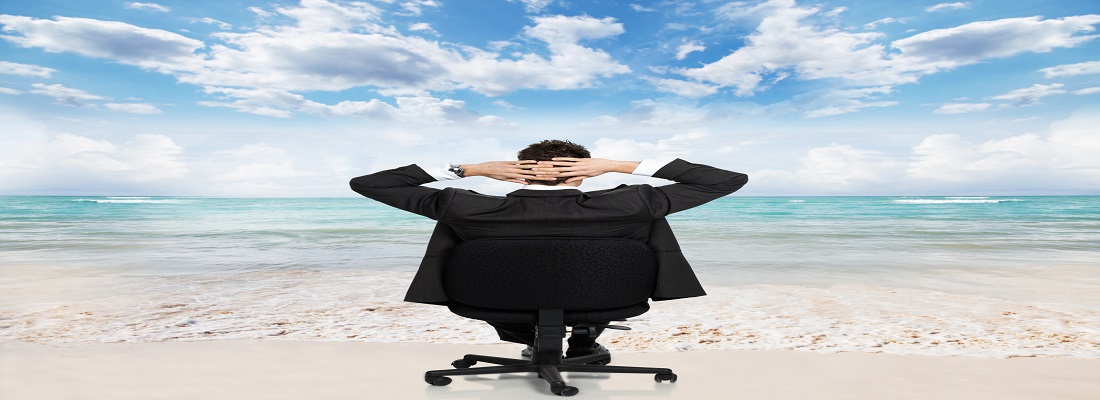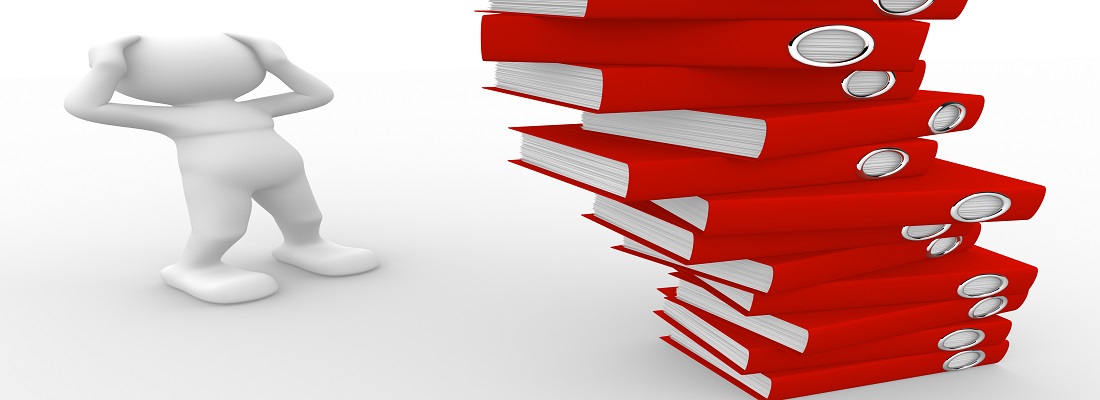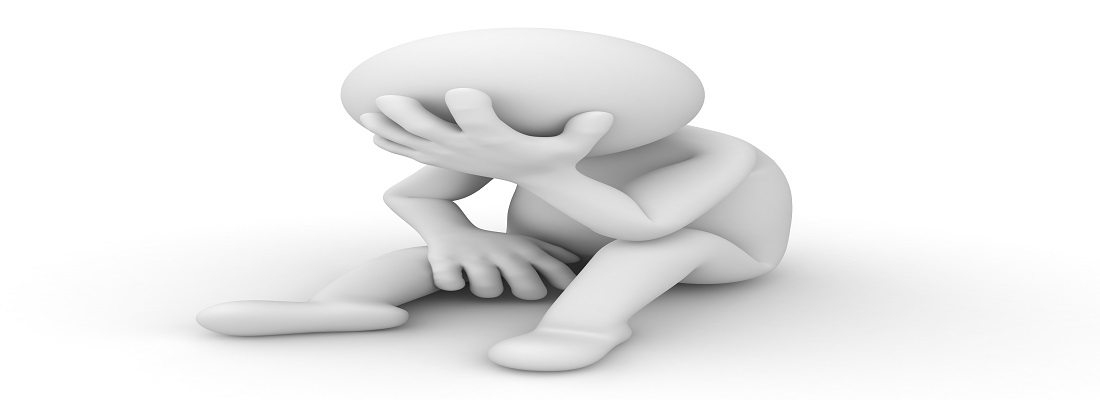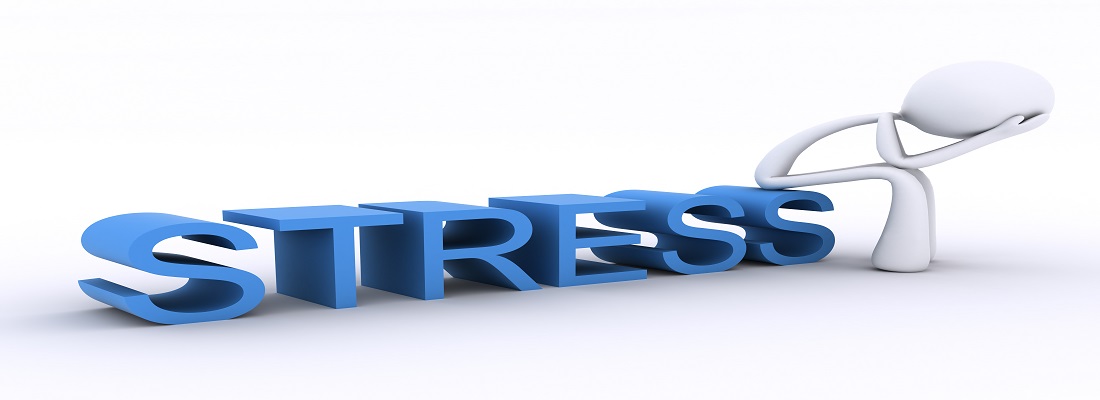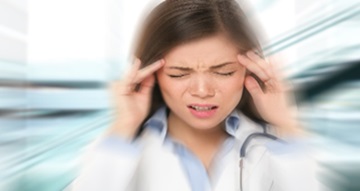
Βάση της επιστημονικής βιβλιογραφίας το στρες σχετίζεται τόσο με την κεφαλαλγία τάσης όσο και με τις ημικρανίες. Σε καταστάσεις στρες
αυξάνεται ο μυϊκός τόνος όλων των μυών του σώματος, συμπεριλαμβανομένων και των αυχενικών μυών με αποτέλεσμα να μειώνεται η ουδός της πυροδότησης κεφαλαλγιών τάσης. Πάνω από το 90% των ατόμων που πάσχουν από ημικρανίες δηλώνουν ότι το στρες πυροδοτεί τις κρίσεις κεφαλαλγίας τους. Μελέτες δείχνουν ότι η εμφάνιση στρες προηγείται χρονικά των ημικρανικών κρίσεων 1-3 ημέρες. Τα άτομα που πάσχουν από συχνές κεφαλαλγίες βιώνουν χρόνιο στρες που επηρεάζει μακροπρόθεσμα την ποιότητα ζωής τους.
Τα οφέλη που θα αποκομίσουν τα άτομα από τη συμμετοχή τους στο εν λόγω πρόγραμμα, είναι τα ακόλουθα:
- Μείωση του στρες
- Μείωση της συχνότητας, της διάρκειας, και της έντασης των κεφαλαλγιών
- Μείωση της χρήσης αναλγητικών φαρμάκων
- Υιοθέτηση υγιεινών συνηθειών (διατροφή, άσκηση, ρουτίνα κλπ.)
- Βελτίωση της ποιότητας ζωής και του ύπνου
Esch T., Fricchione, G. L., & Stefano G.B., (2003). The therapeutic use of the relaxation response in stress-related diseases. MedSciMonit9, 23-34.
Varvogli, L., & Darviri, C. (2011). Stress management techniques: evidence-based procedures that reduce stress and promote health. Ηealth Science Journal 5(2): 74-89.
De Benedittis G, Lorenzetti A. Minor stressful life events (daily hassles) in chronic primary headache: Relationship with MMPI personality patterns.Headache. 1992;32:330-334.
Yeung, W. F., Chung, K. F., & Wong, C. Y. (2010). Relationship between insomnia and headache in community-based middle-aged Hong Kong Chinese women. The journal of headache and pain, 11(3), 187-195.
Eskin, Mehmet, et al. Social problem‐solving, perceived stress, depression and life‐satisfaction in patients suffering from tension type and migraine headaches. Scandinavian journal of psychology 54.4 (2013): 337-343.
Cathcart, S., Winefield, A. H., Lushington, K., & Rolan, P. (2010). Stress and tension-type headache mechanisms. Cephalalgia, 30(10), 1250-1267.
Cathcart, S., Petkov, J., Winefield, A. H., Lushington, K., & Rolan, P. (2009). Central mechanisms of stress‐induced headache. Cephalalgia.
Blanchard, E. B., Appelbaum, K. A., Radnitz, C. L., Michultka, D., Morrill, B., Kirsch, C., & Dentinger, M. P. (1990). Placebo-controlled evaluation of abbreviated progressive muscle relaxation and of relaxation combined with cognitive therapy in the treatment of tension headache. Journal of Consulting and Clinical Psychology, 58(2), 210.
Rokicki, L. A., Holroyd, K. A., France, C. R., Lipchik, G. L., France, J. L., & Kvaal, S. A. (1997). Change mechanisms associated with combined relaxation/EMG biofeedback training for chronic tension headache. Applied psychophysiology and biofeedback, 22(1), 21-41.
Bougea, A. M., Spandideas, N., Alexopoulos, E. C., Thomaides, T., Chrousos, G. P., & Darviri, C. (2013). Effect of the emotional freedom technique on perceived stress, quality of life, and cortisol Salivary levels in tension-type headache sufferers: A randomized controlled trial. Explore: The Journal of Science and Healing, 9(2), 91-99.
D’Souza, P. J., Lumley, M. A., Kraft, C. A., & Dooley, J. A. (2008). Relaxation training and written emotional disclosure for tension or migraine headaches: a randomized, controlled trial. Annals of Behavioral Medicine, 36(1), 21-32.
Holroyd, K. A., O'Donnell, F. J., Stensland, M., Lipchik, G. L., Cordingley, G. E., & Carlson, B. W. (2001). Management of chronic tension-type headache with tricyclic antidepressant medication, stress management therapy, and their combination: a randomized controlled trial. Jama, 285(17), 2208-2215.

